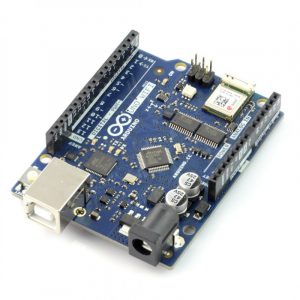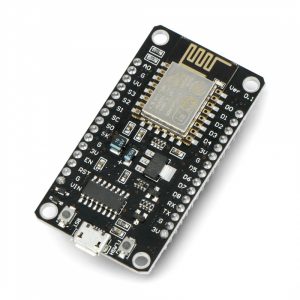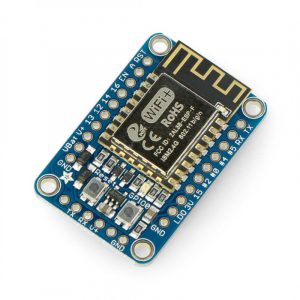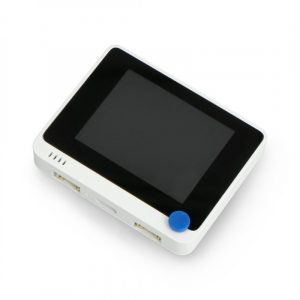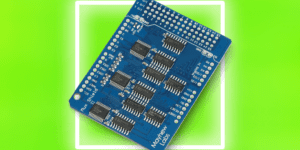Spis treści:
Today, WiFi and Bluetooth wireless communication is the absolute standard. Although cables and wires still do not go out of fashion, yet designers, programmers and constructors are still looking for wireless alternatives. It is no different with the Arduino development platform, Arduino Shield extensions and other modules that we can attach to our platform.
Controlling Arduino via WiFi
For WiFi connectivity on an Arduino, suitable WiFi modules and dedicated Arduino Shield accessories are useful. In some cases, we can use an Arduino board with built-in Wi-Fi functionality, for example when working with Arduino Uno WiFi. In others, you need to play around a bit. Different firmware can be uploaded to the microcontrollers, giving you more power over how you connect to the internet. The fact is, wherever we look, we still come across mentions of the ESP8266 module.
Combining Arduino with WiFi opens up the field of Internet of Things (IoT) themes. The Internet of Things is the idea of integrating local devices into a single network and using them conveniently within a smart home concept. A coffee maker and extra minutes in the morning, a remote working kettle, LED lighting for climate control, control of roller shutters for security or opening the garage door – all of this can be at hand thanks to an Arduino with WiFi connection.
Arduino WiFi communication – ESP8266
A classic of the genre widely described in tutorials. We can connect our minicontroller to the Internet by adding an inexpensive ESP8266 WiFi module paired with NodeMCU v3 software. This well-known solution among hobbyists and professionals provides a WiFi adapter – an interface for wireless access to virtually any microcontroller-based project. All of this is achieved through simple connectivity via serial communication or UART interface. If you have looked or plan to look at the product page, don’t miss the “Useful Links” section at the bottom of the page.
WiFi and Bluetooth BLE ESP32 Thing module compatible with Arduino IDE
The SparkFun ESP32 Thing module from leading US electronics supplier SparkFun allows you to communicate with WiFi and Bluetooth. It is fully compatible with the Arduino IDE development platform. On board is an ESP32 chip with 520 kB RAM, 4 MB Flash, 28 GPIO pins, built-in lipol charger and touch interface support. Just perfect if you are thinking of creating an Internet of Things (IoT) style installation, for example in the field of building automation. Bonus: the module can also be used in conjunction with a Raspberry Pi.
Adafruit Huzzah ESP8266 WiFi module
Another proven solution from across the Atlantic. Huzzah Adafruit WiFi module based on mentioned ESP8266 chip allows programming using Lua scripting language and Arduino IDE. There are 9 GPIO ports with I2C andSPI support, analog input and NodeMCU software installed. The module has a built-in PCB antenna. Let’s go back to ESP8266 for a moment on the occasion of Huzzah Adafruit. This chip is very popular, but at the same time it is considered difficult to use. Many modules are not suitable for board assembly, there is no built-in 500 mA 3.3 V regulator or level shifting, and it happens that transmitters with quality leaving much to be desired lack certification. With the Huzzah Adafruit you get all this together.
Wio Terminal ATSAMD51 compatible with Arduino
For dessert we left an alternative solution compatible with Arduino. The presented terminal allows to operate in classic WiFi frequencies 2.4 GHz / 5 GHz 802.11 a/b/g/n. Why is it on the list? Well, this option limits the somewhat inaccessible for some element of bare assembly electronics, because the Wio Terminal itself looks a bit like a small, portable gaming console. An interesting option and a topic for separate discussion is the Grove ecosystem from Seeedstudio, because with Arduino it’s like a family tree – further branches open up to over 300 Grove IoT modules and built-in Grove connectors for digital communication. On board LCD display, built-in modules: accelerometer, microphone, speaker, light sensor, IR LED and much more.
How useful was this post?
Click on a star to rate it!
Average rating 0 / 5. Vote count: 0
No votes so far! Be the first to rate this post.

